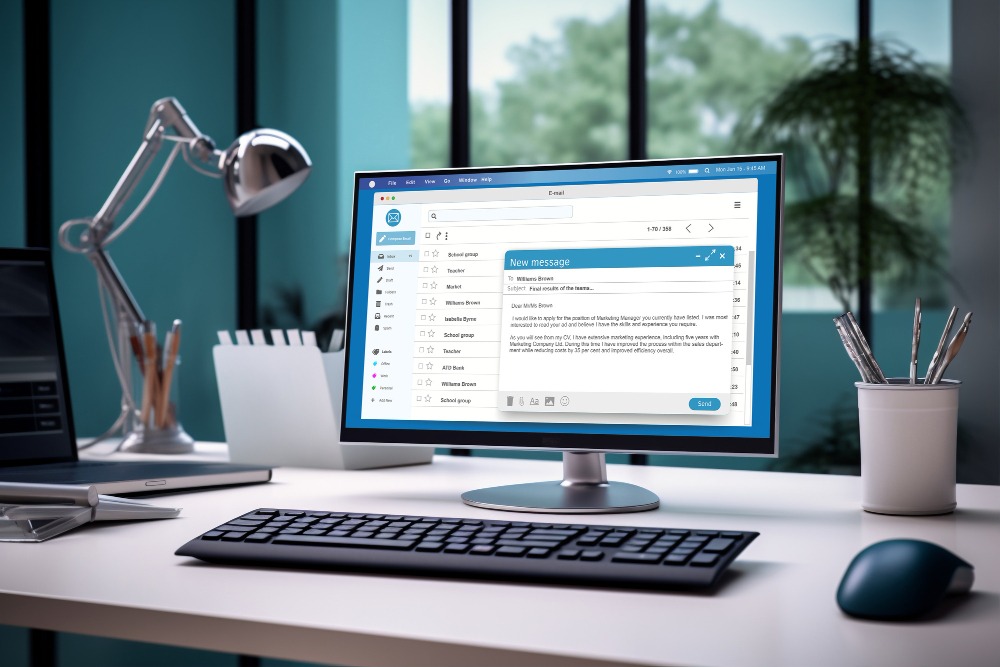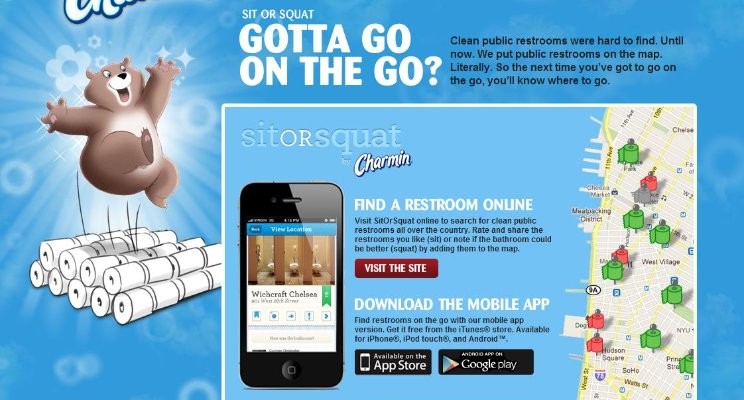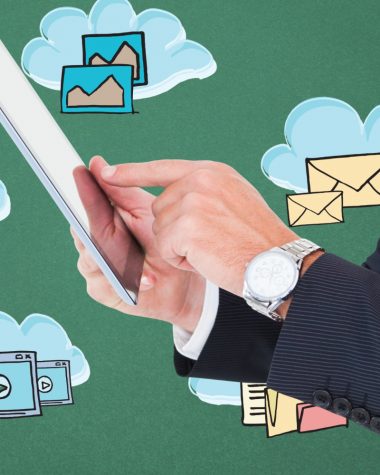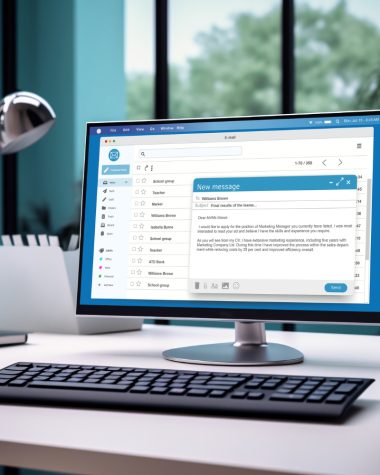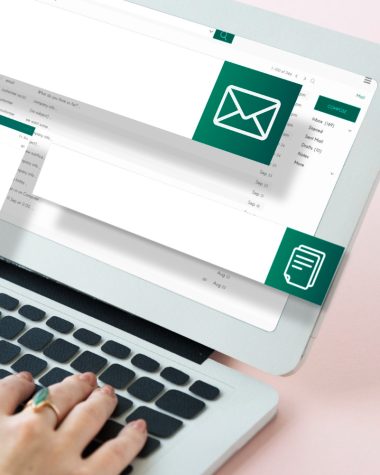Email marketing remains one of the most effective digital marketing strategies, despite the surge in new communication platforms and social media channels. This timeless tool, if wielded correctly, can bolster customer engagement, increase brand awareness, and significantly boost sales. Below, we dive into the best practices for email marketing, designed to help businesses and marketers maximize their email efforts in today’s digital landscape.
Understanding Your Audience
The cornerstone of any successful email marketing campaign is a deep understanding of your audience. This involves segmenting your email list based on various criteria such as demographics, purchase history, and engagement levels.
By tailoring your emails to meet the specific needs and interests of each segment, you can increase the relevance of your messages, thereby improving open rates and engagement.
Crafting Compelling Subject Lines
Your email’s subject line is the first impression you make on your recipients. It determines whether your email is opened or relegated to the trash folder. Therefore, crafting subject lines that are concise, intriguing, and reflective of the email’s content is crucial.
A/B testing different subject lines can also provide valuable insights into what resonates best with your audience.
Designing for All Devices
With the majority of emails now being opened on mobile devices, optimizing your email design for responsiveness is non-negotiable.
Ensure your emails look and function seamlessly across all devices, with easily readable fonts, accessible call-to-action (CTA) buttons, and images that load correctly. This not only improves the user experience but also your email’s effectiveness.
Personalization and Automation
Personalization goes beyond just addressing the recipient by name. It involves tailoring the email content to meet the individual’s preferences and behaviors.
This can be achieved through the use of email automation tools that allow for the sending of personalized emails triggered by specific actions, such as a welcome email for new subscribers or a special offer on a subscriber’s birthday.
Valuable and Relevant Content
The content of your emails should offer value to your recipients, whether it’s informative, entertaining, or promotional. Your aim should be to enrich your audience’s lives or solve their problems with your content, thereby fostering trust and loyalty.
This approach not only enhances engagement but also subtly promotes your products or services without being overly salesy.
Clear and Actionable CTAs
Every email should have a clear purpose, guided by a compelling call-to-action (CTA). Whether it’s to download a white paper, make a purchase, or register for a webinar, your CTA should be prominently placed and easy to find.
Ensure that your CTAs are action-oriented, using verbs like “Buy,” “Register,” “Subscribe,” or “Download” to prompt immediate action.
Respect Privacy and Comply with Regulations
Adhering to email marketing laws and regulations, such as the General Data Protection Regulation (GDPR) in Europe or the CAN-SPAM Act in the United States, is fundamental.
This includes obtaining explicit consent to send emails, providing a clear unsubscribe option, and respecting subscriber preferences. Compliance not only protects your business from legal repercussions but also builds trust with your audience.
Analyze and Optimize
Finally, the effectiveness of your email marketing campaigns should be continuously monitored through key performance indicators (KPIs) such as open rates, click-through rates, conversion rates, and bounce rates.
This data allows you to make informed decisions, helping you refine your strategy and optimize future campaigns for better results.
Mastering email marketing requires a blend of strategic planning, creative content creation, and meticulous analysis. By following these best practices, marketers can craft compelling email campaigns that captivate audiences, foster lasting relationships, and drive significant business outcomes.
As digital landscapes evolve, so too should your email marketing strategies, always aiming to deliver more personalized, valuable, and engaging content to your subscribers.
Engaging Through Storytelling
One of the most powerful elements in email marketing is storytelling. Humans are naturally drawn to stories—they are more memorable, engaging, and emotionally impactful than straightforward sales pitches. Incorporating storytelling into your email marketing can help build a deeper connection with your audience. Share success stories, behind-the-scenes insights, or customer testimonials to make your brand more relatable and strengthen the bond with your subscribers.
Leveraging User-Generated Content
Incorporating user-generated content (UGC) into your emails can significantly enhance authenticity and trust. Showcasing real-life examples of customers enjoying or benefiting from your products or services not only serves as social proof but also encourages more customers to share their experiences.
This could be in the form of customer reviews, photos, or testimonials. UGC adds a layer of relatability and trust that cannot be achieved through branded content alone.
Consistency in Communication
The frequency and timing of your emails can greatly influence their effectiveness. Bombarding subscribers with too many emails can lead to annoyance and increased unsubscribe rates, while sending too few can make your audience forget about you. Finding the right balance is key.
Additionally, consistency in the timing of your emails can help set expectations. Whether it’s a weekly newsletter or monthly product updates, sticking to a consistent schedule can improve engagement.
Interactive Emails
Advancements in email technology have made it possible to create more interactive and engaging emails. From embedded videos to interactive polls and surveys, these elements can significantly enhance the user experience. Interactive emails not only increase engagement but also provide additional data points to better understand your audience’s preferences and behaviors.
Continuous Learning and Adaptation
The digital marketing landscape is continually evolving, and so are the behaviors and preferences of consumers. Staying informed about the latest trends, tools, and techniques in email marketing is crucial for maintaining the effectiveness of your campaigns.
Regularly experimenting with new ideas and strategies can help you stay ahead of the curve and ensure that your email marketing efforts continue to yield positive results.
Building a Strong Email List
The quality of your email list is just as important as the content of your emails. Focus on building a list of engaged subscribers who have a genuine interest in your brand and what you have to offer.
Utilize lead magnets, such as free ebooks, webinars, or discount codes, as incentives for signing up to your email list. Remember, a smaller, more engaged email list is far more valuable than a large, disengaged one.
Providing Exclusive Benefits
Make your subscribers feel special by offering them exclusive benefits that are not available to non-subscribers. This could be in the form of early access to sales, exclusive discounts, or members-only content. Providing exclusive benefits not only rewards your subscribers but also encourages more people to sign up for your emails.
In wrapping up, effective email marketing is not just about sending emails; it’s about creating a comprehensive strategy that engages, informs, and delights your audience. By incorporating these best practices into your email marketing efforts, you can build meaningful relationships with your subscribers, enhance brand loyalty, and drive significant business growth.
Always remember to keep your audience at the heart of your email marketing strategy, continuously striving to deliver value and relevance in every email you send.
Top 10 Most Succesfull Unconventional Email Marketing Campaings Ever
Discussing the top 10 most successful unconventional email marketing campaigns illuminates the power of creativity and innovation in breaking through the digital noise. These campaigns stood out not just for their high engagement rates, but for their boldness, originality, and their ability to connect with audiences on a deeper level.
While specifics about results can vary and are often guarded as proprietary information by the companies that launch them, the impact of these campaigns can be observed through their viral spread, public reception, and influence on subsequent marketing strategies.
Dove’s Real Beauty Sketches Email Series: Dove took a unique approach by integrating its global Real Beauty Sketches campaign into email marketing. The campaign, which highlighted the discrepancy between how women view themselves versus how others see them, included powerful video content and narratives.
This content was then repurposed into an email series, engaging subscribers by promoting body positivity and self-esteem, fostering a deep connection with the brand.
BuzzFeed’s Personality Quizzes: BuzzFeed revolutionized email marketing by incorporating its famous personality quizzes into emails. Rather than just promoting content, BuzzFeed invited subscribers to engage directly within the email, offering a personalized quiz result that could be shared on social media.
This approach turned emails into an interactive experience, boosting engagement and shareability.
Netflix’s Personalized Recommendations: Netflix’s email marketing takes personalization to the next level by sending out emails with personalized show and movie recommendations based on the subscriber’s viewing history.
This not only demonstrates an understanding and interest in the subscriber’s preferences but also encourages more platform engagement.
Airbnb’s “Live There” Campaign: Airbnb’s “Live There” email campaign was unique because it focused on experiences rather than listings. By using data to understand subscriber travel preferences, Airbnb sent personalized emails suggesting destinations and activities that matched their interests, encouraging travelers to “live” rather than just “visit” a place.
Charmin’s Sit or Squat App Promotion: In an unexpected move, Charmin promoted its restroom-finder app, Sit or Squat, through email marketing. The campaign was cleverly targeted at travelers and included humorous content, making it stand out. It’s an excellent example of how unconventional products can leverage email marketing creatively.
IKEA’s Interactive Catalog: IKEA took its email marketing up a notch by sending out interactive versions of its catalog. Subscribers could browse through products directly in their emails, add items to their wishlists, and even see how furniture would look in their space. This innovative approach made email shopping an engaging experience.
Spotify’s Year in Review: Spotify’s Year in Review email campaign capitalized on personal data to create customized emails that summarized each subscriber’s listening habits over the year. This personalized recap not only entertained subscribers but also encouraged them to share their music journey on social media, increasing Spotify’s visibility.
Patagonia’s Environmental Campaigns: Patagonia’s email campaigns often focus on environmental activism, sharing stories of conservation efforts and how purchases support these causes. This strategy aligns with their brand ethos and engages subscribers who share these values, making their emails more than just a sales pitch.
Taco Bell’s “Speak Up” Campaign: Taco Bell’s email campaign invited subscribers to voice their opinions on what should return to the menu, creating a sense of community and belonging. This direct engagement made subscribers feel like they had a stake in the company’s decisions, fostering loyalty.
Duolingo’s Engagement Emails: Duolingo’s email marketing excels in engagement by sending personalized reminders and progress reports to users. By using a friendly tone and gamification elements, Duolingo keeps subscribers motivated in their language learning journey, illustrating the power of personalization and encouragement.
These campaigns exemplify the boundless potential of email marketing when brands dare to think outside the inbox. They underscore the importance of understanding your audience, leveraging data creatively, and embedding interactivity and personalization into your strategy.
Unconventional campaigns like these not only achieve their immediate marketing goals but also contribute to long-lasting brand loyalty and advocacy.


